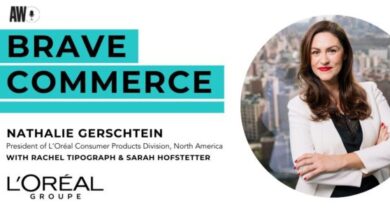
[ad_1]
For publishers, the two meteors hurtling toward them in 2024 are growing signal loss, exacerbated by Google’s deprecation of third-party cookies in Chrome limiting publishers’ ability to generate ad revenue. And—surprising no one—generative AI, which arguably splinters into multiple meteors around content production, operational efficiencies and distribution.
It’s no news that publishers are forced to prove how valuable they are as direct, long-term partners to marketers. That’s a task made more daunting when measurement is in flux, and CMOs are dealing with more complex ecosystems with a relentless focus on short-term goals.
This year’s Super Bowl, the Paris Summer Olympics and a U.S. presidential election will generate a global advertising spend of over $900 billion, per GroupM forecasts, a slower-than-expected 5.3% growth rate year over year. Dig deeper and there’s some turbulence—and bright spots—for publishers looking to prove their ads work and scoop up some of that spend.
Breaking the binary brand-or-performance myth
The New York Times is running more mid-funnel-driving campaigns for buyers, as well as brand and performance objectives, across non-news environments like cooking, shopping, sports and—critically—games.
“The idea that it has to be as binary as brand-or-performance is not necessarily true,” said Joy Robins, global chief advertising officer at the NYT. “Macroeconomic conditions led brands in the last 12 to 18 months to focus on short-term ROAS, often at the expense of brand-building. We’re bringing a balance to that equation.”
The NYT ran its first ad campaigns with DoorDash on popular game Wordle in July, and again with Uber Eats on Connections in December. In both cases, video interstitial ads drove awareness, while promotion codes revealed in the gameplay pushed players to sign up for the paid membership program DoorPass (driving purchase intent three times higher than average, according to the publisher) or to buy through Uber Eats, driving performance goals.
We can all welcome that overcorrection from a relentless focus on performance. But measuring the impact of that investment takes time and money, which are strapped resources when CMOs at the top 100 advertisers in the U.S. have an average tenure of just 3.3 years.
“We saw the tension between brand and performance marketers four years ago,” said Greg Stuart, CEO of trade body MMA Global.
Friction will arise when, as Stuart puts it, there’s no way of calculating the return on investment of brand marketing over time in the way “the CFO gives a shit about.”
For banking firm Ally Financial, using two multitouch attribution studies a year apart, the MMA found that running a campaign today that generates $100 will generate an average of $150 in sales over the next 12 months. For a retailer, it found that running a campaign today generating $100 will generate $550 in sales over the next 12 months.




